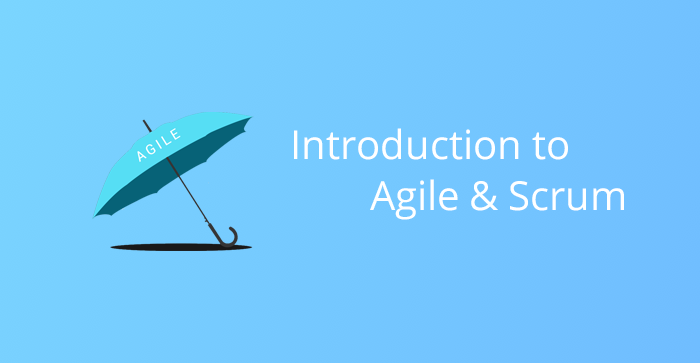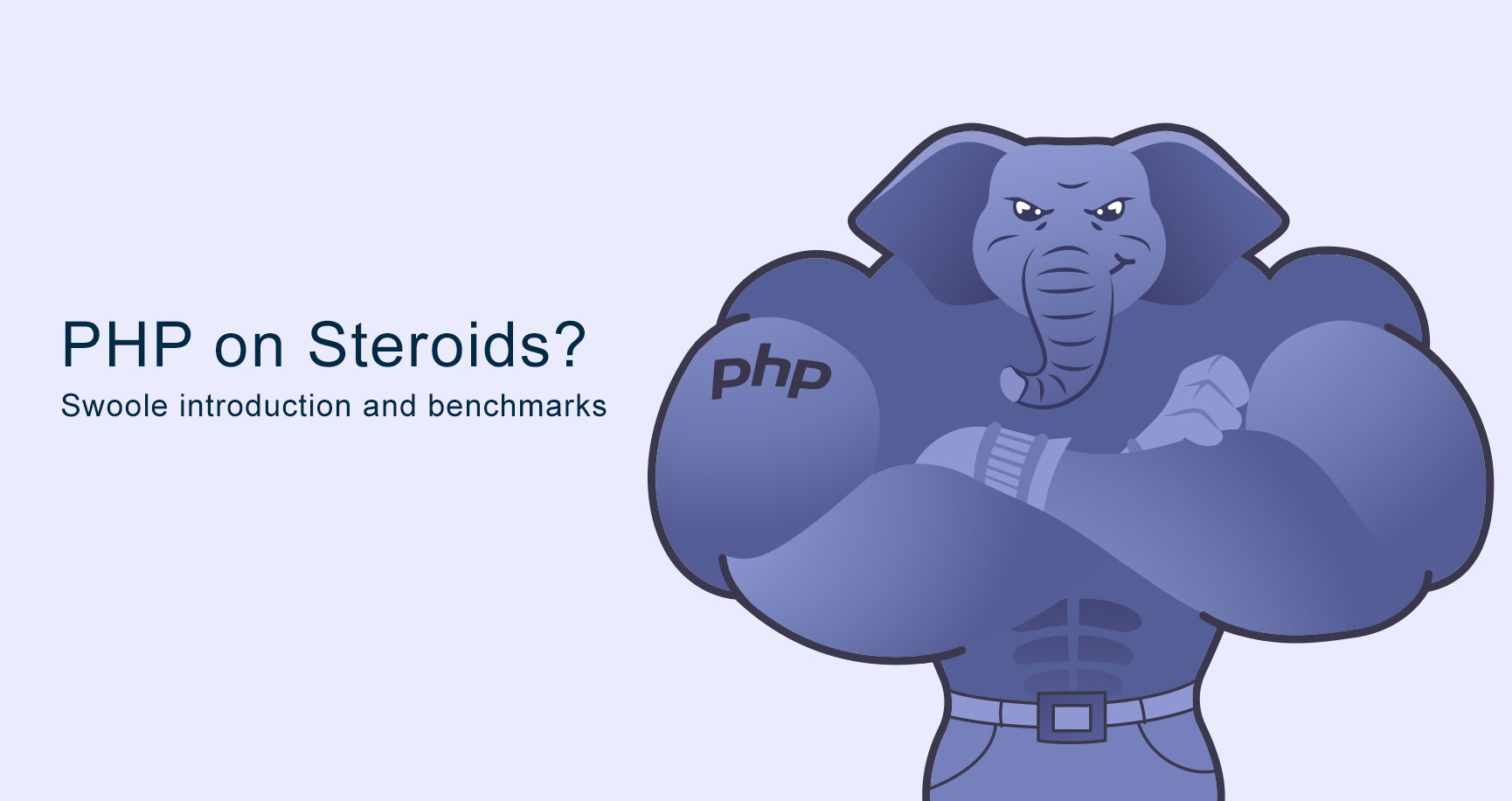Agile and Scrum – What You Need to Know as a Software Developer
by Anna Kane , 5 years ago

By definition, the word ‘agile’ means the ability to move easily and quickly. In product development, it translates to the ability to create change and quickly respond to issues and adapt even when inside a turbulent and uncertain environment.
The Agile Method
The Agile Method is a project management approach that is used in software development. This method helps teams in adapting to unpredictable events during the construction of an application. Agile Method uses iterative and incremental task sequences which are referred to as sprints.
A sprint is a particular amount of time that is allocated for a project phase. Once this time period has expired, the sprint is deemed as complete.
There may be arguments raised amongst the team members on the quality of the development but no more work will be allocated on that specific project phase. The rest of the project phases will be developed within their allotted time frames.
The Agile Method abides by the following general principles:
- Satisfying the client through continuous development of the software
- Change requirements are accepted for the customer’s competitive advantage
- Focus on the frequency of developing a functioning application within the least possible amount of time
- Business people and application developers should work together until the project is completed
- Projects are dependent on motivated and empowered team members. They should be provided with appropriate support and the proper environment trusting that they will get the job done.
- Information transfer to and from a team is best done via face-to-face communication
- The primary measurement of a project’s progress is a working software
- The best designs are usually created by self-organized teams
- Regular checks should be done to improve efficiency
- Agile and Scrum
Scrum is an agile application development approach that is employed by many software companies. It’s a collection of rituals, team roles, and values that are combined together to come up with iterative work output. Although Scrum was first used in the software development industry, it has also been found useful in school, military, manufacturing, and other institutions and industries.
Most might mistake Scrum as an acronym but it’s not. The term ‘scrum’ was introduced by Ikujiro Nonaka and Hirotaka Takeuchi in a 1986 article in Harvard Business Review. They described Scrum as a ‘rugby-style’ approach to developing a product. In the sport, teams move forward while members pass the ball back and forth. In 1995, software developers Jeff Sutherland and Ken Schwabber presented their own process of the methodology which later became the currently used Scrum Framework.
Scrum and Agile are commonly mistaken to be the same methodology, but the truth is, they aren’t interchangeable. Basically, the Agile Methodology is the umbrella term. The Scrum Framework is just a subcategory. Scrum is based on the Agile Methodology but not all agile development can be considered Scrum.
Scrum is defined by the following principles:
- Courage. This is essential in solving difficult issues.
- Focus
- Commitment
- Respect
- Openness
How Scrum Works
The Scrum Framework is composed of three categories which are broken down below:
Scrum Roles. There are three core roles in the Scrum Framework.
- Development Team. These are the people that deliver the products by working together. Development Teams are allowed freedom in organizing themselves and managing their own work in order to maximize team efficiency and effectiveness.
- Scrum Master. This is the team’s facilitator who is responsible for guiding the team members in following Scrum’s practices, rules, and theories. The members ensure that the Scrum Master is provided whatever is required to complete its task which includes removing roadblocks which may hold the project’s progress.
- - Product Owner. This role is responsible for the expected work output of the team. The Product Owner is a single person. He or she may get inputs from the team members but has the final say on the whole project.
Scrum Events. There are five events that define the Scrum Framework.
- Sprint. The particular time period wherein the Scrum Team develops a product. It can be a big project or several smaller ones.
- Sprint Planning. The work that needs to be accomplished in a Sprint is mapped out during this meeting. Deliverables are defined here as well as work assignments.
- Daily Scrum. A short (usually 15-minutes) daily meeting where team members get together to synch their tasks and come up with strategies for the next 24 hours.
- Sprint Review. This is done after the Sprint is completed. During the review, completed and not completed planned work are discussed by the Product Owner. Completed work is evaluated on which parts went well and how issues were solved.
- Sprint Retrospective. This is also done after the Sprint and is an event wherein previous processes are analyzed and adjustments are done as necessary.
Scrum Artifacts. These are physical records that contain the project details.
Product Backlog is an ordered list of all project requirements which is used as a single reference for all imperative product changes. The Product Backlog is overseen by the Product Owner which includes how it’s provided to the team and how the contents are ordered.
Sprint Backlog is a list of the tasks specified in the Product Backlog that team members will work on during a particular Sprint. Items are prioritized until they’re ready for the Sprint.
Product Increment is the entirety of the tasks completed during a particular Sprint as well as the other previous Sprints.
Introducing SAFe
The Agile Methodology has given birth to product development approaches that are focused on simplifying the whole process. One of these is the Scaled Agile Framework or SAFe. SAFe, like Scrum, is another Agile Framework for applications development.
SAFe provides a lightweight and simpler experience for the applications development team. It is based on both Agile and Lean principles and is used in implementing systems and software at an enterprise level. SAFe is designed to satisfy the requirements of the stakeholders in an organization.
Although it’s lighter in weight and simpler in implementation, SAFe can expand to handle complex system development and large value streams.
- The following are the benefits of SAFe:
- Increase in productivity by around 20 to 50%
- Increase in quality by at least 50%
- Faster time-to-market by around 30 to 75%
- Increased job satisfaction and employee engagement
Agile, Scrum, or SAFe?
Agile is the umbrella methodology where Scrum and SAFe were derived. Scrum and Agile work for teams while SAFe is for enterprises. Another big advantage of SAFe is that it’s constantly evolving.
Register and post a comment
You may also be interested in

PHP on steroids? Swoole introduction and benchmarks
What is Swoole? Swoole is an open-source C extension for PHP that enables true event-driven, async programming for PHP via its coroutines implement...
Top self hosted ecommerce platforms in 2020
The self-host eCommerce platform- a potentially cheaper, but definitely more customizable, more flexible, and more transparent solution if you’re look...